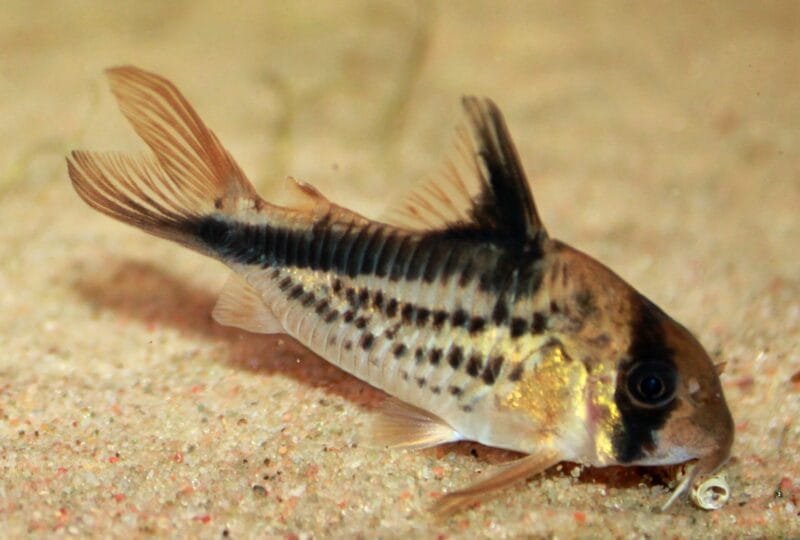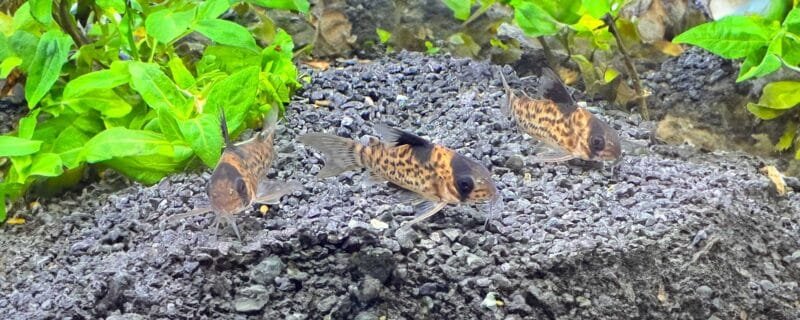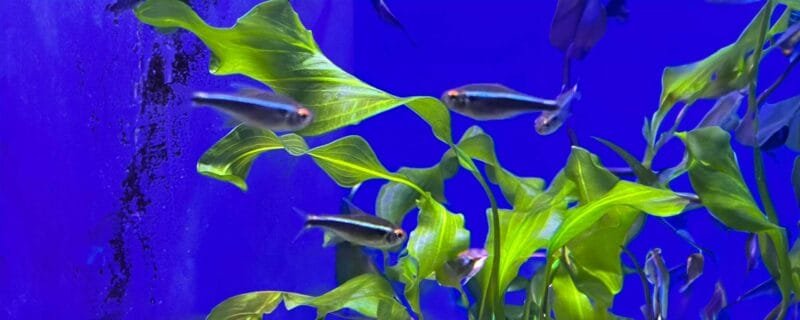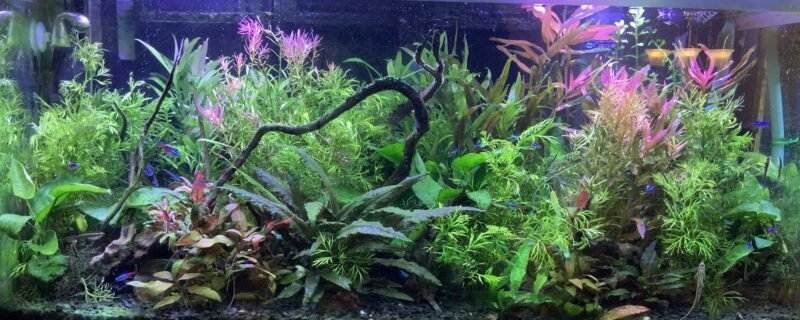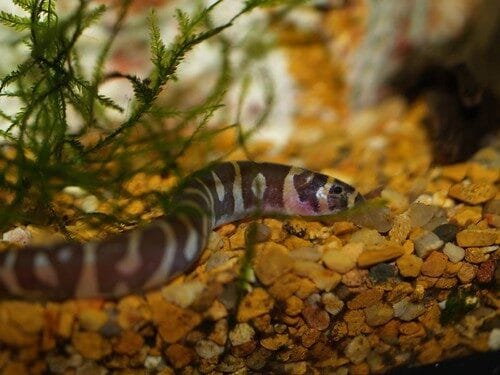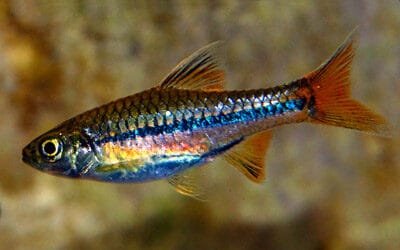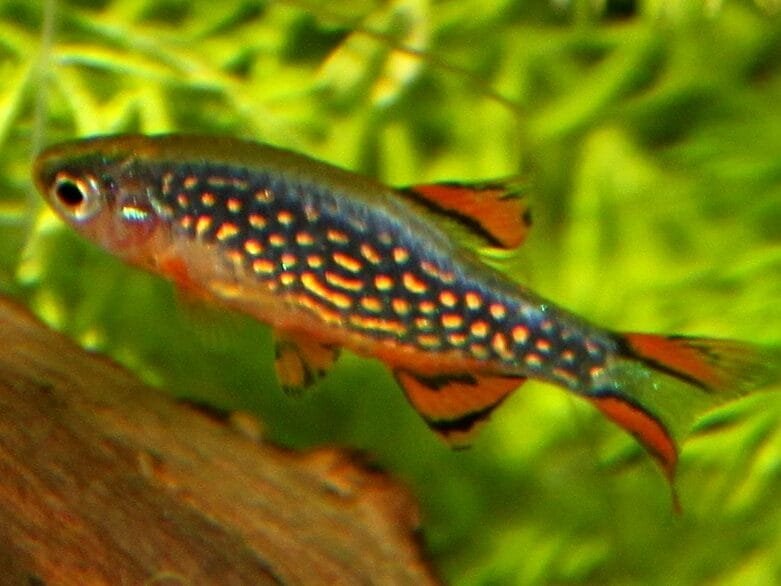Among freshwater aquarium favorites, few fish strike a balance between peaceful temperament, unique appearance, and bottom-cleaning usefulness like the Corydoras arcuatus, commonly known as the Skunk Cory or Arched Cory. Named for the distinct black stripe that runs along its back like a skunk’s marking, this charming little catfish is a staple in community tanks—and for good reason.
Let’s dive deep into everything you need to know about this captivating species.
Scientific Classification & Relatives
Common Name: Skunk Cory
Scientific Name: Corydoras arcuatus
Family: Callichthyidae
Relatives: Other Corydoras species such as Corydoras sterbai, Corydoras panda, and Corydoras aeneus
While often confused with similar-looking species like Corydoras narcissus, true C. arcuatus can be distinguished by their gently arched backs and thinner horizontal stripe. They’re part of the larger Corydoras genus, which includes over 160 described species of small, armored catfish.
Native Habitat
Corydoras arcuatus is native to South America, particularly the upper Amazon basin in Peru and western Brazil, where it inhabits soft-bottomed streams and slow-flowing tributaries with sandy or muddy substrates and dense vegetation.
In the wild, they thrive in shaded, dimly lit waters filled with leaf litter and fallen branches, which mimic the natural tannin-rich environments of the Amazon rainforest.
Appearance & Size
This fish earns its name from the bold black stripe running from its snout, over its eye, and along the dorsal ridge to the caudal fin—resembling the stripe of a skunk. The body is a silvery-white to pale beige, with the iconic stripe contrasting strikingly against the lighter coloration.
Average Size: 5–6 cm (2–2.5 inches)
Body Shape: Slightly arched back with a rounded belly and armored plating
Lifespan: 5 to 8 years with proper care
Diet & Feeding
Corydoras arcuatus are omnivores and scavengers. In the wild, they sift through substrate for insect larvae, worms, and plant matter. In aquariums, they readily accept:
Sinking pellets or wafers (catfish or algae-based)
Frozen or live foods: bloodworms, daphnia, brine shrimp
Blanched vegetables: zucchini, spinach
Occasional flakes (though these should not be a staple)
They’re bottom-feeders, so always ensure food reaches the substrate and doesn’t get snapped up by surface feeders.
Sexing & Breeding
Sexing:
Males are typically smaller and slimmer, while females grow rounder and broader, especially when carrying eggs.
Breeding:
Breeding Difficulty: Moderate
Best encouraged with cooler water changes to mimic rainy season cues
Will spawn in groups; typically 1 female to 2 males works best
Eggs are laid on tank glass or broad leaves, and adults may eat the eggs, so it’s wise to separate them post-spawning
Fry hatch within 3–5 days, and can be fed with infusoria or baby brine shrimp
Providing fine-leaved plants or spawning mops helps in offering secure places for egg-laying.
Water Parameters & Tank Setup
Water Conditions:
Temperature: 22–26°C (72–79°F)
pH: 6.0–7.5
Hardness: Soft to moderate (2–12 dGH)
Tank Size: Minimum of 20 gallons for a group of 5–6
Always keep at least 5 individuals—they are shoaling fish and thrive in numbers.
Tank Setup:
Soft sand substrate is ideal to protect their sensitive barbels
Add driftwood, plants, and hiding spots
Use gentle filtration with some surface agitation
Dim or subdued lighting mimics their natural habitat
Compatibility & Community Tank Behavior
The Skunk Cory is a peaceful, social species and a perfect addition to community tanks.
Ideal Tankmates:
Tetras (e.g., neon, cardinal)
Rasboras
Dwarf Gouramis
Otocinclus
Other peaceful Corydoras
Shrimp and snails (provided they aren’t aggressive or too large)
Avoid:
Aggressive or large fish like Cichlids (especially Oscars)
Fin-nippers or overly boisterous species
They help keep the substrate clean and won’t bother other inhabitants. However, they do not eat algae—that’s a myth.
Ease of Care
Ease of Care: ★★★★☆
These fish are relatively hardy but do best with stable, clean water and a well-maintained tank. Because they are sensitive to sharp substrate and poor water quality, regular substrate vacuuming and gentle handling are essential.
They’re an excellent choice for intermediate aquarists or attentive beginners looking to start a peaceful community tank.
Species Variations & Albino Version
Species Variations:
Corydoras narcissus (False Skunk Cory): Often mislabeled as C. arcuatus but grows larger and has a slightly different stripe shape.
Corydoras granti: A recently reclassified close cousin of C. arcuatus.
Albino Corydoras:
While there is no specific albino version of Corydoras arcuatus, albino variants exist within the Corydoras aeneus family, often mistaken as albino “Skunk Corys”. These albino Corys have a pinkish-white body with red eyes, but lack the distinctive back stripe. They share similar care requirements and peaceful behavior.
Final Thoughts
The Corydoras arcuatus is more than just a bottom dweller—it’s a social, hardworking, and uniquely marked fish that adds life and activity to the lower half of any aquarium. Its peaceful nature, fascinating group behaviors, and contribution to a clean substrate make it an excellent choice for aquarists of all levels.
Whether you’re building a biotope tank or just want a few lively companions for your community setup, the Skunk Cory is a delightful addition that brings both charm and function to your aquatic world.

